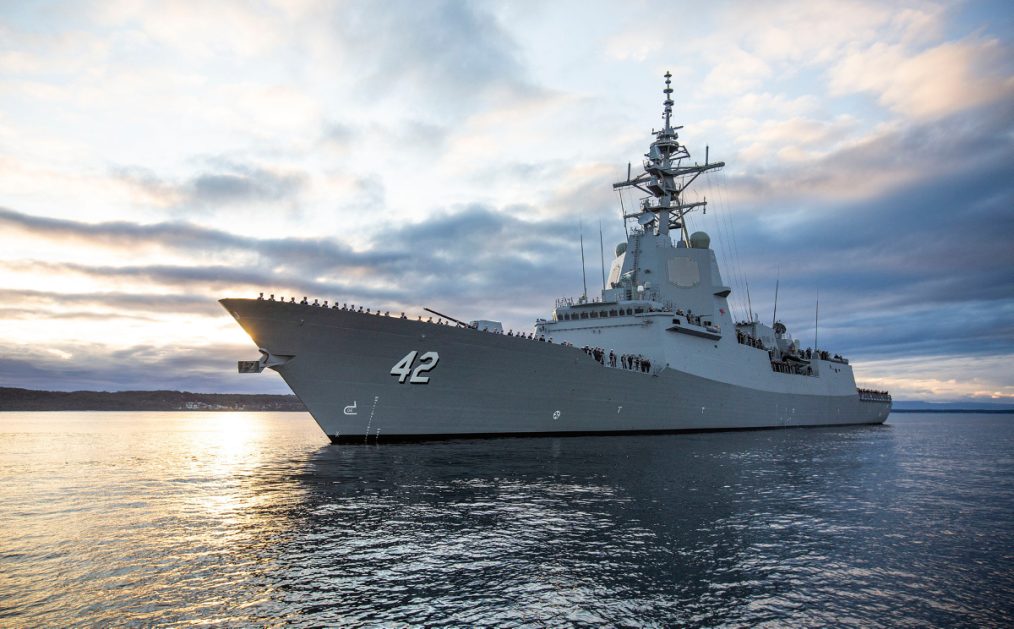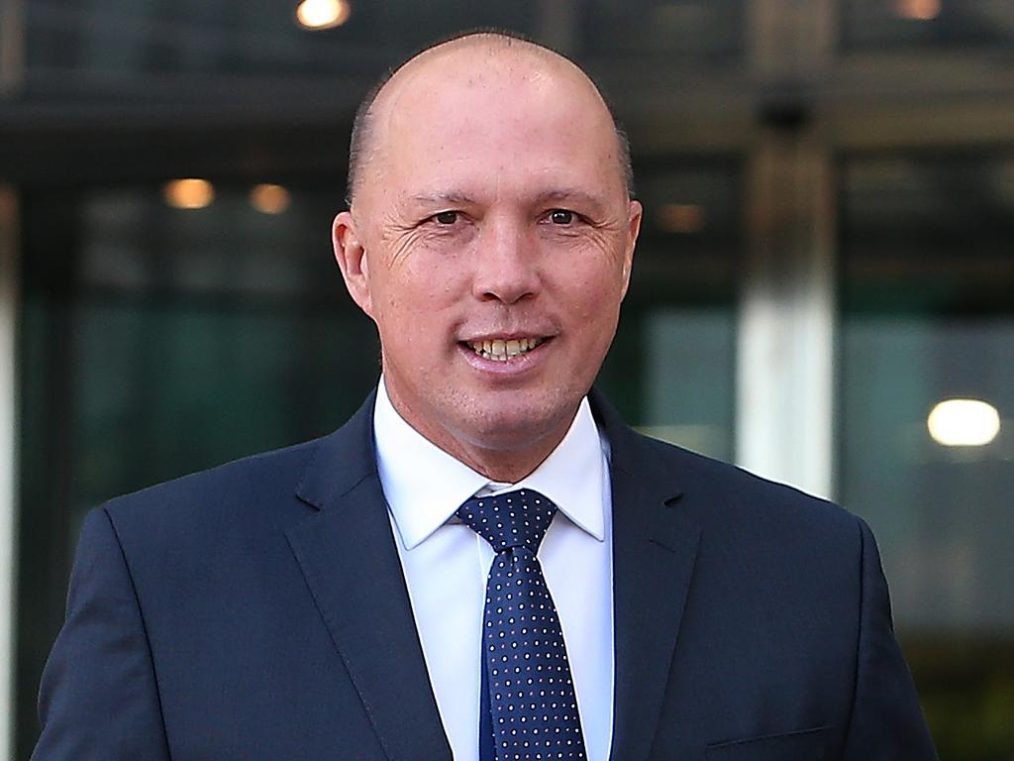An image from Korean Central Television shows leader Kim Jong Un checking the work on a new warship late last year. Korean Central TV
North Korea is reportedly building what could be the largest and most technologically advanced warship in its history, marking a bold step in Kim Jong Un’s ongoing push to modernise his military forces. However, despite impressive satellite imagery and speculation about cutting-edge capabilities, serious doubts remain about whether Pyongyang can truly bring such a project to fruition.
A Colossus at Nampo
Recent satellite photographs have revealed the construction of an enormous vessel at the Nampo shipyard on North Korea’s western coast. Measuring approximately 459 feet in length, the ship dwarfs all other known surface combatants in the North Korean navy. Analysts believe the vessel is a guided-missile frigate, potentially equipped with vertical launch systems capable of deploying missiles for both land and maritime targets.
Modern Ambitions, Old Limitations
While the size and apparent armament of the ship suggest modern naval aspirations, experts remain deeply sceptical of its true capabilities. Among the advanced features speculated are phased-array radar systems, which would significantly enhance the vessel’s ability to detect and track threats. However, North Korea faces steep technical challenges in integrating such sophisticated technologies, particularly in areas like communications, fire control, and sensor fusion.
The Russian Connection
One factor potentially aiding this ambitious build is Pyongyang’s strengthening ties with Moscow. As relations with Russia deepen, particularly amid the ongoing war in Ukraine, there are growing suspicions that North Korea may be receiving technological assistance from the Kremlin. Analysts point to the possibility of missile tech transfers or other naval system support in exchange for North Korean manpower on the Ukrainian front lines. If true, such cooperation could explain how North Korea is managing to sidestep international sanctions and technological bottlenecks.
A Navy in Name Only?
Despite Kim’s high-profile attempts to revamp the country’s naval force, the broader picture of North Korea’s maritime power remains bleak. Its current navy is largely outdated, with its only major surface combatants dating back to the 1970s. Constructing and, more critically, operating a modern warship of this magnitude demands not only advanced technology but also logistical and operational infrastructure that North Korea likely lacks.
Projection or Reality?
If this new frigate is indeed equipped with hypersonic missiles, as some have speculated, it could pose a serious challenge to regional stability. Yet many experts caution against taking these claims at face value. North Korea has a history of showcasing visually impressive weapon systems that often fall short of their advertised capabilities. To many seasoned observers, this latest warship is another example of North Korea’s preference for propaganda over performance.
In the end, the construction of this frigate—whether it becomes a fully functional warship or remains a showpiece—speaks volumes about Kim Jong Un’s ambitions. But turning ambition into reliable maritime power is a very different challenge, and one North Korea may not yet be equipped to meet.















